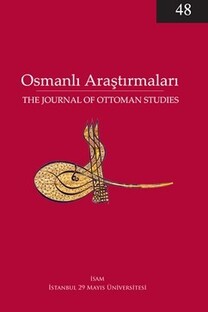Military Engineers and the Development of the Early-Modern European State
Recently, there has been an abundance of thematic compilations on a range of historical topics. International publishing houses encourage such projects for various reasons: (1) they make studies by many scholars accessible English and (2) they encapsulate a wealth of information on a specific history topic. On one side of the pendulum are well-edited books with articulated chapters offering new insights on a theme in world history; at the opposite side are books that haphazardly put together a number of chapters that vaguely agree with each other in terms of intent and content. The book at hand is a case in point of the latter. While several chapters are based on original research, others –particularly those on non-European history including mine– provide general information on the topic as required by the editor. Obviously, the target audience for this book is those readers familiar with European history. The introduction and conclusion written by the editor fail to knit these free-floating chapters together; rather, they read as two additional contributions to the book. This is one example of how one should not edit a book, although in itself it does not violate academic conventions. However, this book does violate academic conventions in a very particular way; it infringes upon the copyright of my chapter titled “Military Engineering in the Ottoman Empire” (pp. 179-201). This chapter includes many revisions and additions that suffer from inaccurate information and mistaken assumptions about Ottoman history -- all done without my knowledge or consent. I would like to offer a brief review of the book before dealing with my own chapter in detail.
Military Engineers and the Development of the Early-Modern European State
Recently, there has been an abundance of thematic compilations on a range of historical topics. International publishing houses encourage such projects for various reasons: (1) they make studies by many scholars accessible worldwidein English and (2) they encapsulate a wealth of information on a specific history topic. On one side of the pendulum are well-edited books with articulated chapters offering new insights on a theme in world history; at the opposite side are books that haphazardly put together a number of chapters that vaguely agree with each other in terms of intent and content. The book at hand is a case in point of the latter. While several chapters are based on original research, others –particularly those on non-European history including mine– provide general information on the topic as required by the editor. Obviously, the target audience for this book is those readers familiar with European history. The introduction and conclusion written by the editor fail to knit these free-floating chapters together; rather, they read as two additional contributions to the book. This is one example of how one should not edit a book, although in itself it does not violate academic conventions. However, this book does violate academic conventions in a very particular way; it infringes upon the copyright of my chapter titled “Military Engineering in the Ottoman Empire” (pp. 179-201). This chapter includes many revisions and additions that suffer from inaccurate information and mistaken assumptions about Ottoman history -- all done without my knowledge or consent. I would like to offer a brief review of the book before dealing with my own chapter in detail.
___
- Bruce P. Lenman (ed.),
Military Engineers and the Development of the Early-Modern European
State,
Dundee: Dundee University Press, 2013, 362 pp., ISBN: 978-184-586-120-9
